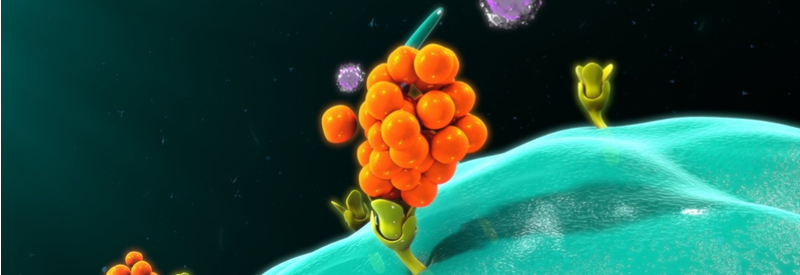Newsletter Signup - Under Article / In Page
"*" indicates required fields
Phase I results show promise for a new treatment for atopic dermatitis that may become a strong competitor to the market leader, Humira.
Morphosys and Galapagos are developing an antibody that could compete with the world’s best selling drug, Humira. The team announced details on positive results of a Phase I trial for treating atopic dermatitis at the American Academy of Dermatology Meeting in San Diego. Initial results were reported in September 2017. The Phase I study tested the action of MOR106, an IL-17C antibody, in patients with AD. Overall, the outcome indicated MOR106 was well tolerated by patients and showed initial signs of activity.
Atopic dermatitis is the most severe and common form of skin eczema that causes dry skin, rashes and itching on a patient’s face, inner side of the elbows and knees, and on their hands and feet. AbbVie’s Humira, an anti-TNF monoclonal antibody used to treat a range of conditions including atopic dermatitis, rheumatoid arthritis, and irritable bowel disease, is the current market leader for atopic dermatitis treatments. This has led the drug to top the best-selling lists for years, with $16Bn (€12.97Bn) in sales in 2017 alone.

But the drug being developed by Morphosys and Galapagos might have an advantage over Humira in the treatment of AD. While Humira supresses inflammation by inhibiting the action of tumor necrosis factor (TNF), MOR106 inhibits the action of cytokine IL-17C. Thus, MOR106 decreases inflammation by suppressing the subsequent release of chemokines and cytokines. By acting further downstream than Humira, MOR106 may be able to suppress an inflammatory response more directly.
A drug for atopic dermatitis would especially benefit certain regions of Europe given that its occurrence is connected to age and climate. For example, 25% of the Northern European population is affected, where there is less sunlight, while only 1% of the coastal Southern European population is affected.
The global atopic dermatitis treatment market was valued at $4.04Bn (€3.27Bn) in 2016 and is expected to grow to $7.66Bn (€6.21Bn) by 2025. The potential of this drug to access such a large market seems to have motivated investors. Since the results of the Phase I trial were announced, Morphosys’ listing on the Frankfurt Stock Exchange rose by +0.53%, whilst Galapagos rose by +2.33%.
Phase II development is expected to be initiated in the first half of 2018. Importantly, with the results of a Phase I trial being made public, MOR106 is still years away from a market launch.
Are you interested in antibody therapy R&D?







